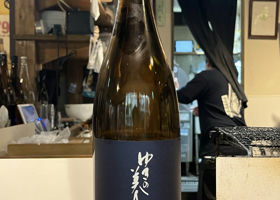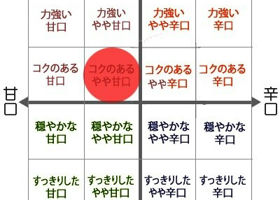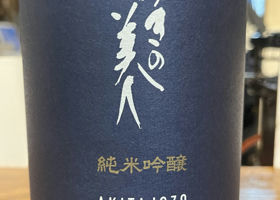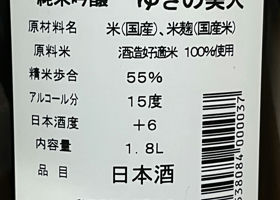



loopy
Here is a chart diagram for my own drinking comparison. I am sure some of you will point out that this is not true! I am sure some of you will point this out to me. I would appreciate it if you could tell me.
(My impression after drinking it)
It is colorless and transparent. It has a slight scent of ginjo aroma at the top. When you put it in your mouth, you first taste the acidity. As it rolls around on the tongue, sweetness emerges. The flavor of rice is not as good as that of the Masamune, which I chose to compare at the same time. The taste is rather subdued and elegant. It is perfect as a food sake. This is the third Yuki no Bijin I have had, and this was the one I felt the most sweetness from; I thought it was made with No. 6 yeast, but it was brewed with No. 14 Kanazawa yeast.
Producer: Akita Brewery (Akita City, Akita Prefecture)
Rice used: Koji rice: Yamadanishiki
Kake rice : Akita Sake Komachi
Polishing ratio: 55
Yeast : Association No.14 Kanazawa yeast
Alcohol percentage: 16.9
Sake degree: +4.0
Acidity: 1.8
Amino acidity: Not disclosed
Volume: 720ml
Price: 1,870 yen (tax included)
Japanese>English